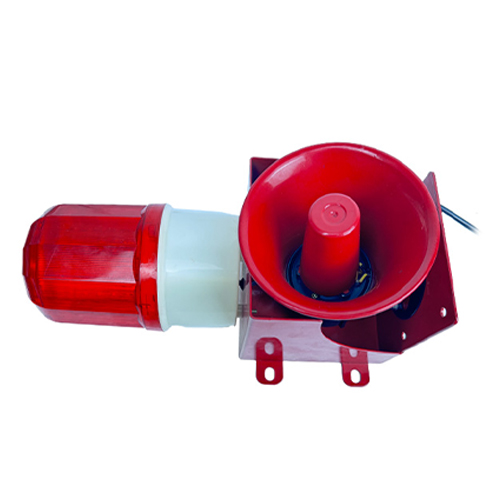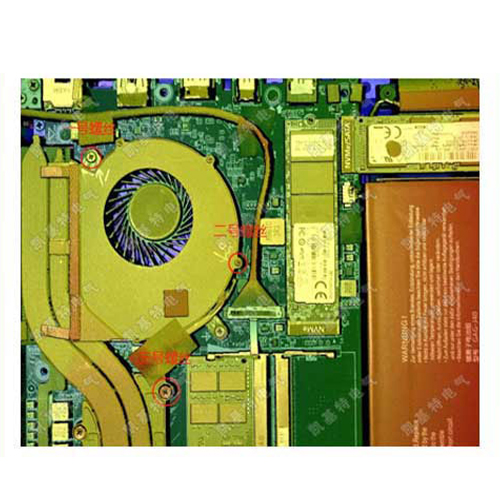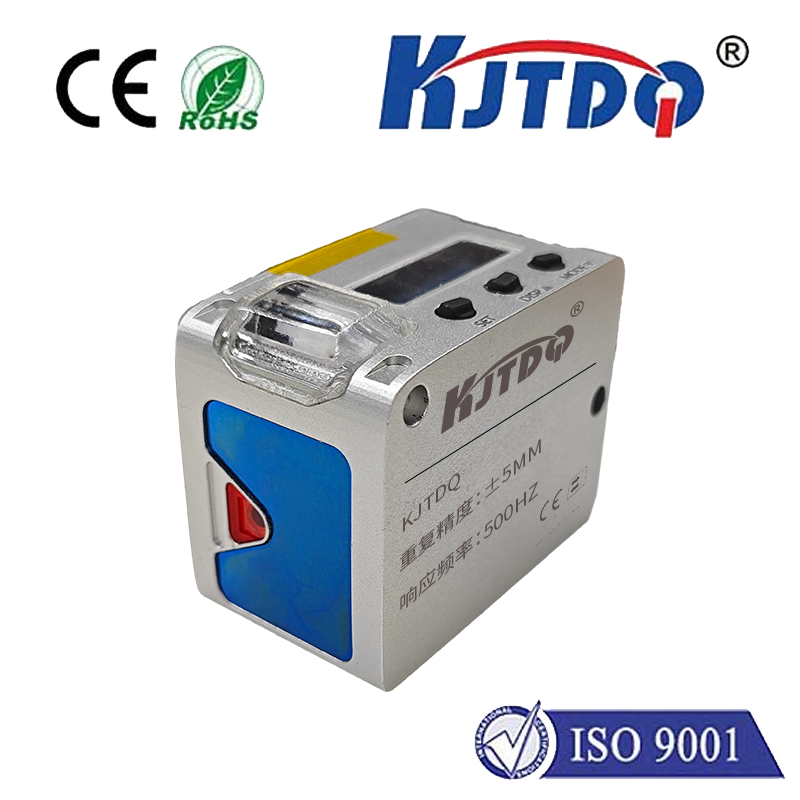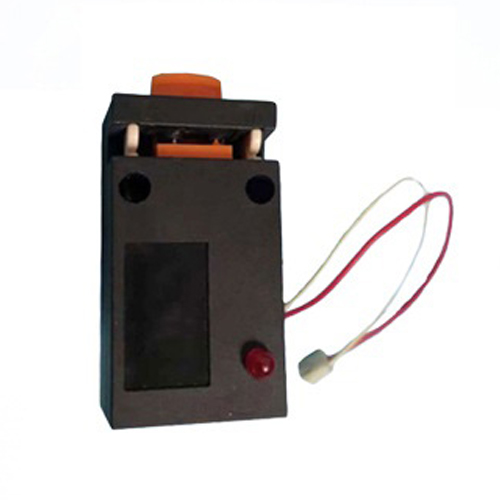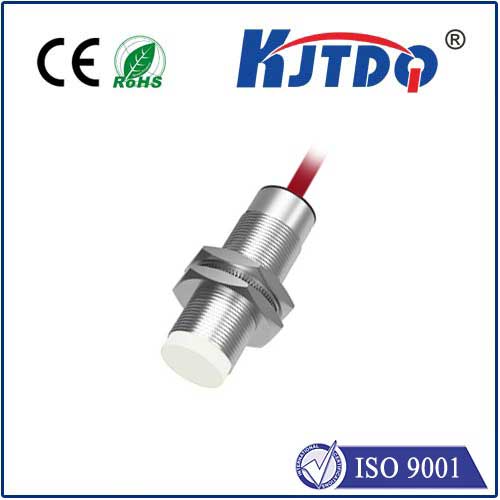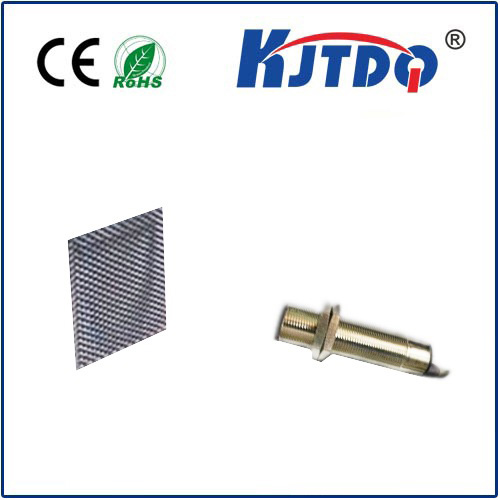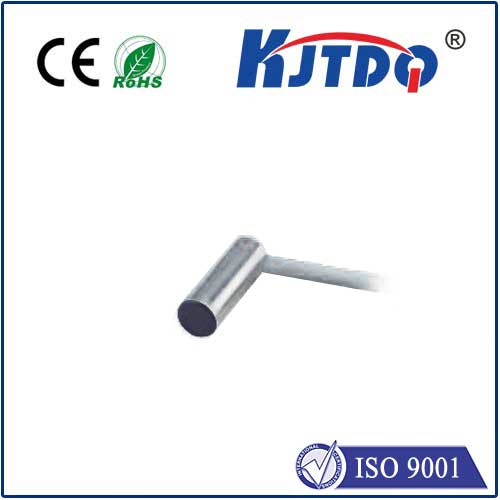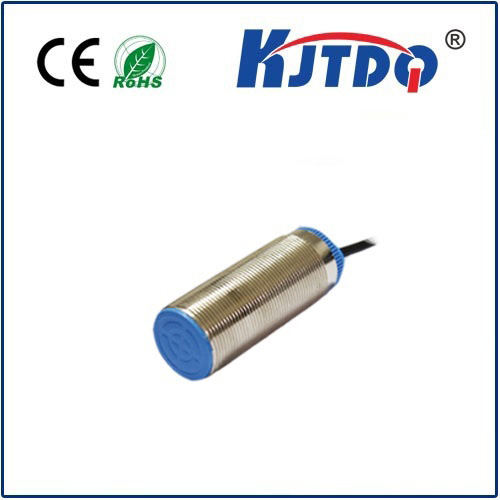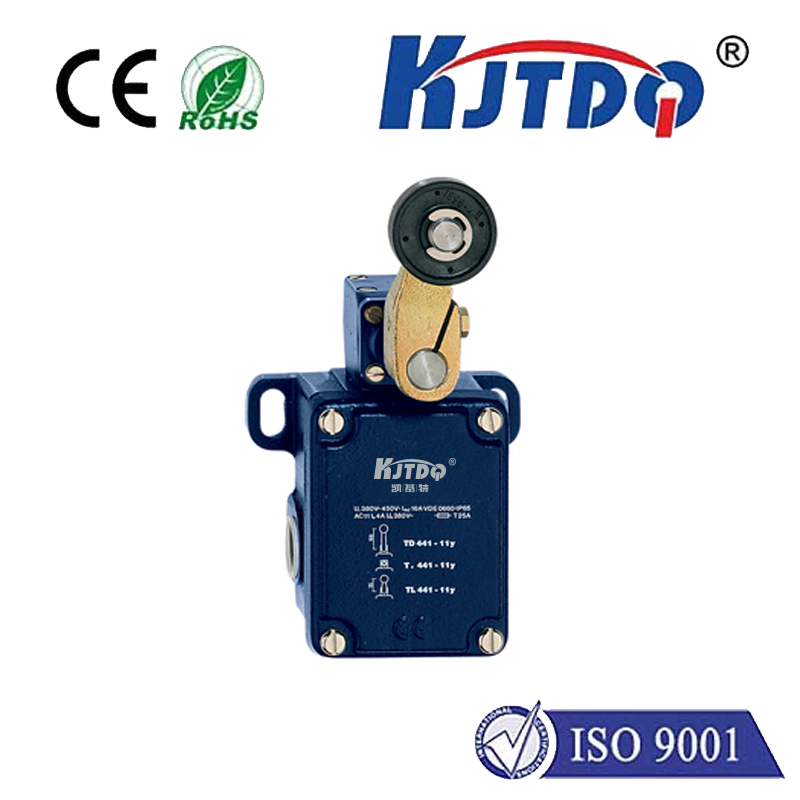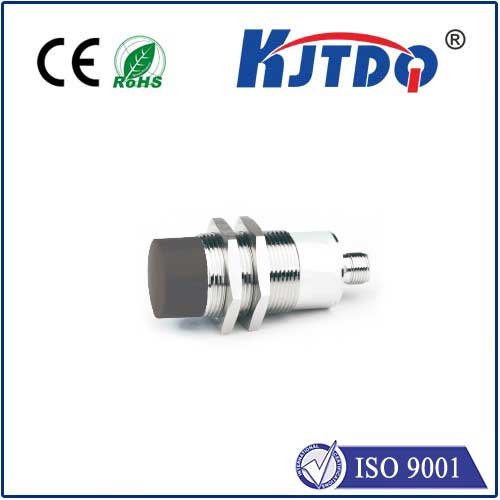sensor jarak proximity
- time:2025-06-27 02:53:51
- Click:0
Proximity Distance Sensors: The Invisible Guardians of Modern Technology
Imagine having a sixth sense – the ability to detect objects near you without physically touching them. Sounds like science fiction? It’s precisely the real-world function of sensor jarak proximity, or proximity distance sensors. These unassuming electronic components are the silent workhorses embedded in countless devices and systems, enabling smarter, safer, and more efficient operations across industries. They bridge the gap between the physical and digital worlds, transforming the presence or absence of an object into a crucial electrical signal.
At its core, a proximity sensor is a device designed to detect the presence, absence, or distance of an object within a defined range without requiring physical contact. This fundamental characteristic of non-contact sensing is what makes them invaluable. They achieve this detection through various physical principles, primarily:
- Infrared (IR) Technology: Emitting an infrared light beam and measuring its reflection off a target object. Distance is calculated based on the time-of-flight (ToF) or the intensity change of the reflected beam. Ideal for solid objects within moderate ranges.
- Ultrasonic Technology: Transmitting high-frequency sound waves and listening for the echo. Distance is derived from the time taken for the sound wave to travel to the target and back. Excellent for detecting a wide variety of materials, including liquids, over longer distances and in challenging environments.
- Capacitive Technology: Measuring changes in an electrical field caused by a nearby object (even non-metallic). Perfect for detecting liquids, powders, plastics, or any material influencing an electric field.
Why are proximity distance sensors so indispensable? Their advantages are compelling:

- Non-Contact Operation: Eliminates wear and tear on both the sensor and the target object, ensuring exceptional long-term reliability and reducing maintenance costs.
- High Speed and Reliability: They detect presence or measure distance incredibly quickly and consistently, making them perfect for fast-paced automation and control systems.
- Versatility in Detection: Capable of sensing a vast array of materials – metal, plastic, wood, cardboard, liquid levels, even human skin – depending on the technology chosen. This broad applicability is a major driver of their widespread use.
- Environmental Resilience: Many sensors are specifically designed to operate reliably in harsh conditions – tolerating dust, moisture, oils, and extreme temperatures better than mechanical switches.
- Compact Design: Modern sensors are remarkably small, allowing for easy integration into tight spaces within machinery, devices, or vehicles.
Where Do We Encounter Them? The Ubiquity of Proximity Sensing:
The applications of sensor jarak proximity are truly ubiquitous. Here’s where they silently perform their vital tasks:
- Industrial Automation: The heart of modern manufacturing. They count objects on conveyor belts, detect end-of-travel positions for robotic arms, verify part presence before machining, monitor liquid levels in tanks, and ensure machine safety through position verification. Without them, automated assembly lines simply wouldn’t function efficiently or safely.
- Automotive Industry: Proximity sensors are crucial for vehicle safety and convenience. Parking sensors (ultrasonic proximity sensors) alert drivers to obstacles. They detect seat occupancy for airbag deployment systems. Advanced driver-assistance systems (ADAS) rely heavily on various proximity sensing technologies (like radar and LiDAR, which are specialized forms) for functions like adaptive cruise control and collision avoidance.
- Consumer Electronics: Your smartphone screen turns off when held to your ear during a call – that’s an infrared proximity sensor at work. Touchless faucets activate when hands are near (often capacitive sensing). Automatic paper towel dispensers rely on proximity detection. Robot vacuum cleaners navigate to avoid bumping into furniture using arrays of these sensors.
- Security Systems: Motion-activated security lights often use passive infrared (PIR) sensors, which detect the heat signature (infrared radiation) of a moving body. Some security systems also use proximity sensors to detect tampering.
- Building Automation: Automatic doors open as you approach. Elevator doors reverse safely if an obstacle is detected. Lighting systems can dim or turn off when an area is unoccupied. All achieved through clever use of proximity detection.
- Mobile Robotics: Essential for collision avoidance and navigation. Robots mapping their environment or maneuvering in tight spaces depend on proximity sensors (like ultrasonic or IR) to sense obstacles and adjust their path accordingly. This capability is foundational for autonomous operation.
- Level Measurement: Ultrasonic and capacitive sensors are widely used to detect liquid levels in tanks for inventory management and process control in industries ranging from food and beverage to chemical processing.
Choosing the Right Proximity Distance Sensor: Key Considerations
Selecting the optimal sensor jarak proximity isn’t one-size-fits-all. Several critical factors must be evaluated:
- Detection Range: What is the minimum and maximum distance over which you need reliable detection?
- Target Material: What material is the object you need to detect? Metal? Plastic? Wood? Liquid? The sensor technology must be compatible. Capacitive sensors excel with non-metallics, while inductive sensors are specifically for metals.
- Environmental Conditions: Will the sensor be exposed to dust, moisture, high temperatures, chemicals, or vibration? Choose a sensor with the appropriate Ingress Protection (IP) rating and environmental resistance.
- Required Output Signal: What type of signal does your control system need (e.g., simple on/off switch signal, analog voltage proportional to distance, digital communication like IO-Link)?
- Response Time: How quickly does the sensor need to react to a detected object?
- Physical Size and Mounting Constraints: Space is often limited; the sensor must physically fit the intended location.
The importance of sensor jarak proximity cannot be overstated. They are the fundamental building blocks enabling automation, enhancing safety, creating intuitive user interfaces, and gathering vital positional data in a non-intrusive way. From preventing manufacturing mishaps and car collisions to simplifying our daily interactions with household gadgets, these “invisible guardians” continuously monitor our surroundings, making technology more responsive, reliable, and ultimately, more integrated into the fabric of our lives. As technology advances, especially in robotics, IoT, and autonomous systems, the demand for ever more sophisticated, accurate, and robust proximity sensing solutions will only continue to grow. Understanding their capabilities and applications is key to unlocking the next wave of innovation. Your smartphone screen darkening as you raise it to your ear is just one tiny glimpse into their pervasive influence.






